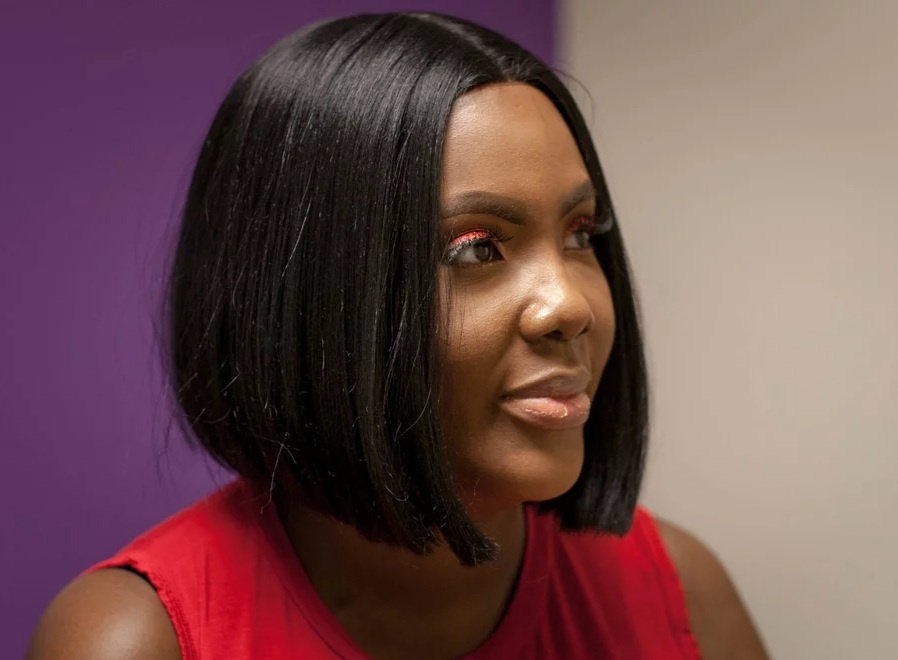Victoria Gray, who has sickle cell disease, volunteered for one of the most anticipated medical experiments in decades: the first attempt to use the gene-editing technique CRISPR to treat a genetic disorder in the United States.
Meredith Rizzo/NPR
For more than a year, Victoria Gray’s life had been transformed. Gone were the sudden attacks of horrible pain that had tortured her all her life. Gone was the devastating fatigue that had left her helpless to care for herself or her kids. Gone were the nightmarish nights in the emergency room getting blood transfusions and powerful pain medication.
But one big question was: Would getting her blood cells genetically modified keep working, freeing her from the complications of sickle cell disease that had plagued her since she was a baby?
More than another year later, the answer appears to be: Yes.
“I’m doing great,” Gray, now 36, said during a recent interview from her home in Forest, Miss. with NPR, which has had exclusive access to chronicle her experience for more than two years.
“I haven’t any problems with sickle cell at all. I did get a cold about a week ago,” she says with a nervous chuckle.
Victoria’s so traumatized by a life of sickle cell that just getting a cold still terrifies her. A simple cold had been one of many things that could trigger a terrible attack.
“Like having PTSD you know I was scared like, ‘OK, is this going to make me sick? Am I going to end up in the hospital from this?,” she says. “But I did fine.”
More than fine, actually. Much more, she says.
“This is major for me and my family,” she says. “Two years without me being in the hospital? Wow. We just can’t believe it. But we’re so grateful.”
She’s doing so well for so long that she’s officially no longer in the landmark study she volunteered for. That involved doctors taking cells out of her bone marrow, and editing a gene in the cells in their lab, using the revolutionary gene-editing technique known as CRISPR. CRISPR allows scientists to make very precise changes in DNA much more easily than ever before. Many think it will revolutionize medicine.
Doctors then infused billions of the modified cells back into Gray’s body. The hope was the edited cells would produce a protein known as fetal hemoglobin, alleviating the symptoms of sickle cell.
And it appears to have worked, for Gray and other patients. Doctors have now treated at least 45 patients with sickle cell and a related condition known as beta thalassemia, and reported data indicating it’s working for at least 22 of them.
“It really changes patients’ lives,” says Dr. Haydar Frangoul of the Sarah Cannon Research Institute in Nashville, Tenn., who heads the study. “You see the change almost immediately after patients leave the hospital, where they are feeling better and able to resume their lives normally without the horrible complications that can happen.”
Read the full article here:

